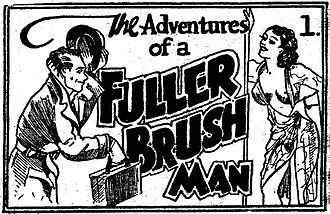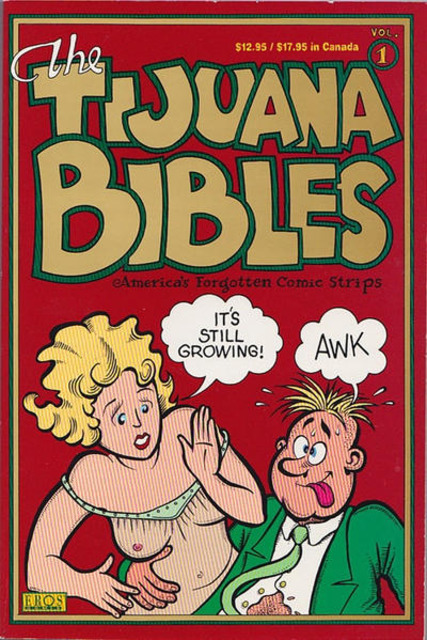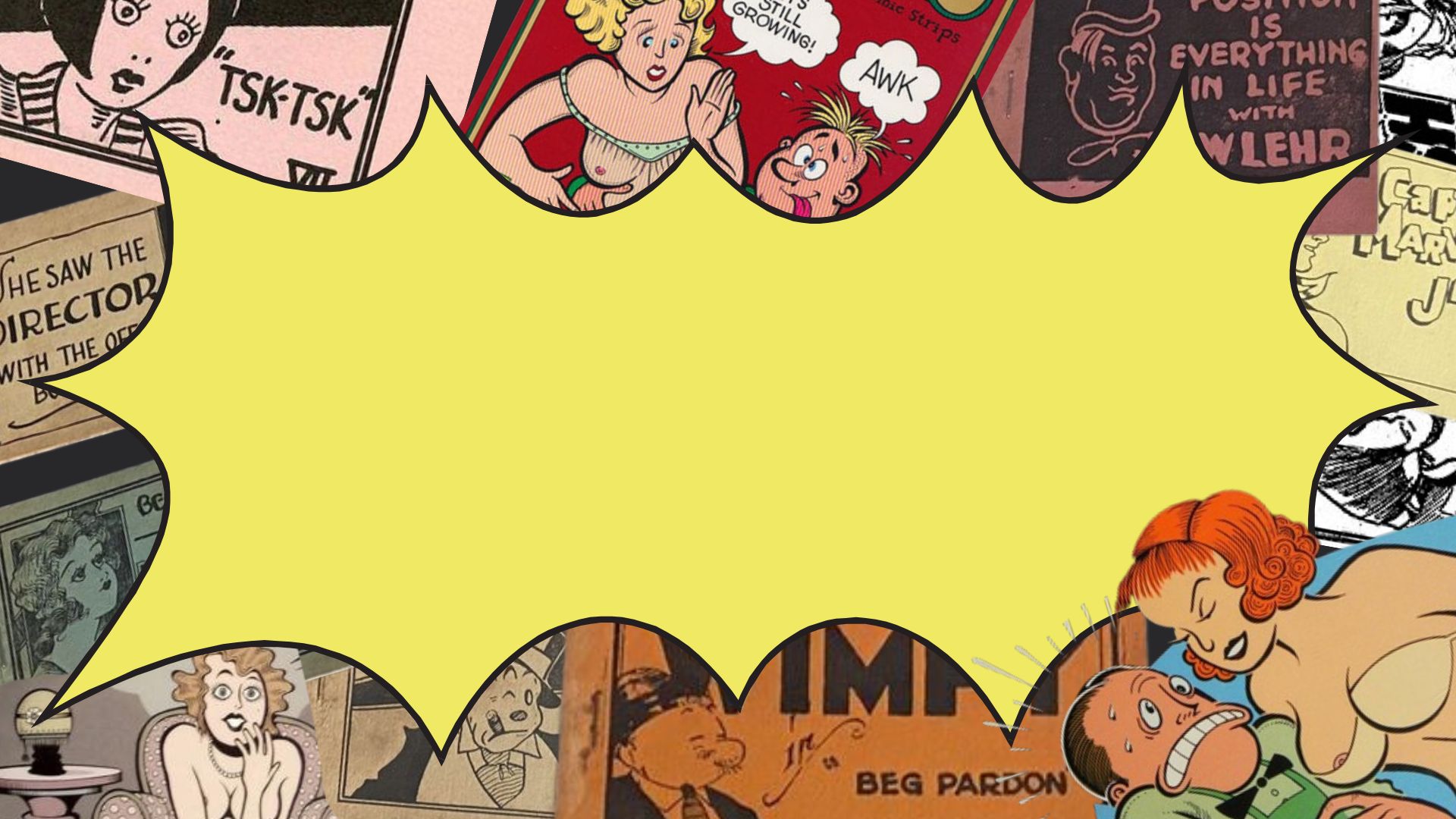Today, erotic comics are a thriving artistic genre — expressive, experimental, and bold in their exploration of desire. But few people know they spring from an unexpected and rebellious corner of publishing history. We will bring you the fascinating origins of erotic graphic novels and comics, and how underground publications and unexpected artistic bellwethers were at the vanguard of molding what we now know as modern erotic art in comics.
Underground Beginnings

From the 1920s to the 1950s, tiny booklets known as Tijuana Bibles were secretly distributed across the U.S. These illegal erotic comics can be seen as the predecessors of modern hentai manga and graphic erotic novels. Each eight-page mini-comic parodied famous newspaper strip characters, Hollywood stars, and athletes, placing them in explicit situations.
Printed anonymously on cheap paper, Tijuana Bibles were sold under the counter, through speakeasies, tobacco shops, and even by hand. Artists remained anonymous, as the comics were illegal and were never officially signed. Despite their underground nature, they became an important part of pop culture, revealing society’s hidden fascination with themes of sex and desire.
Why They Matter

Although dismissed at the time as vulgar or lowbrow, Tijuana Bibles tapped into something much deeper: a collective curiosity about sex, fame, and the boundaries of propriety. They reflected — and ridiculed — society’s double standards. They also subverted mainstream media by taking sanitized public figures and reimagining them with unfiltered honesty and desire.
These comics were, in many ways, a response to censorship and moral panic. Their very existence challenged the idea that erotic expression should be hidden or punished. In doing so, they laid the groundwork for more open representations of sexuality in visual storytelling.
What They Left Behind
Today, these comics have become collectors’ items, and their influence can be traced in modern erotic art and comic culture. Tijuana Bibles were not just a quirky relic of the past, it is a phenomenon that had a lot of play in shaping erotic art and breaking taboos about sexuality.


